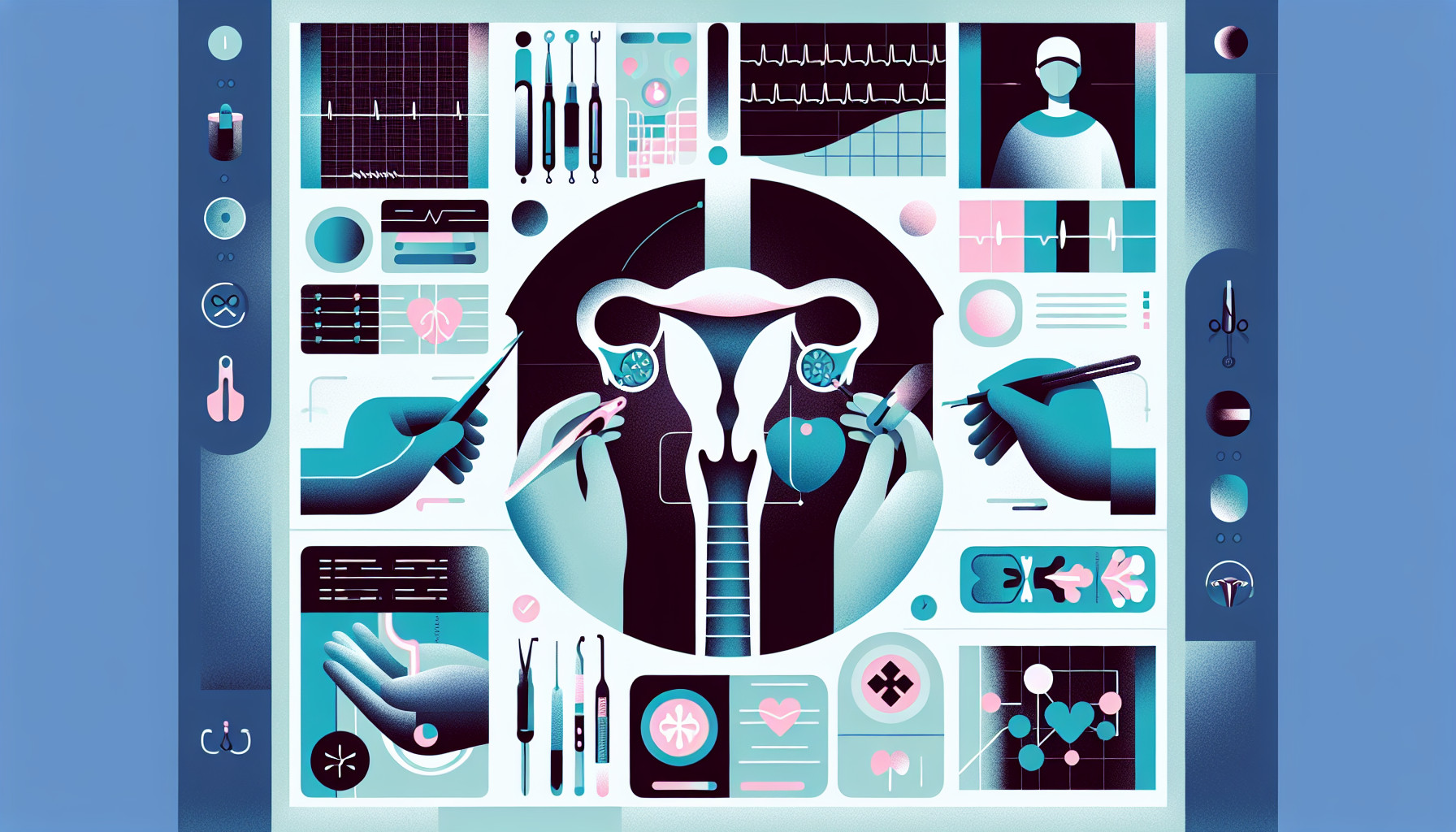Our Summary
Photodynamic therapy (PDT) is a medical treatment that’s useful for various conditions including wound healing, infections, and cancer. This therapy is not very invasive, has few side effects, and doesn’t cause much damage to tissues, thus preserving the structure and function of organs. This study looks at how PDT could be used to treat diseases of the endometrium (the lining of the uterus), such as cancer and endometriosis. The researchers reviewed previous studies that used cell lines and animal models to gauge the effectiveness of PDT for these conditions. A few clinical trials have also looked at the potential for PDT to treat these diseases in humans. The authors conclude that PDT is a promising area of research and may become an effective treatment for both non-cancerous and cancerous conditions of the endometrium. They call for more studies to refine the therapy and improve its effectiveness.
FAQs
- What is photodynamic therapy (PDT) and what conditions can it be used to treat?
- Has PDT been used to treat diseases of the endometrium in humans?
- What conclusions did the researchers draw about the potential of PDT as a treatment for endometrial diseases?
Doctor’s Tip
One helpful tip a doctor might tell a patient about endometrial ablation is to discuss the potential benefits and risks of the procedure, as well as alternative treatment options. It’s important for patients to understand that while endometrial ablation can be an effective treatment for heavy menstrual bleeding, it is not a permanent solution and may not be suitable for everyone. It’s also important for patients to follow their doctor’s recommendations for post-procedure care to ensure a successful outcome.
Suitable For
Patients who are typically recommended for endometrial ablation are those who suffer from heavy menstrual bleeding (menorrhagia) that has not responded to other treatments such as medication or hormonal therapy. It may also be recommended for patients who have abnormal uterine bleeding due to conditions such as uterine fibroids, adenomyosis, or endometrial polyps. Endometrial ablation is not recommended for patients who wish to become pregnant in the future, as it can affect fertility. It is important for patients to discuss their individual medical history and treatment options with their healthcare provider to determine if endometrial ablation is the right choice for them.
Timeline
Before endometrial ablation, a patient may experience heavy or prolonged menstrual bleeding, pelvic pain, and other symptoms of conditions such as endometriosis or uterine fibroids. They may have tried other treatments such as hormonal medications or dilation and curettage (D&C) without success.
After endometrial ablation, most patients experience a significant reduction in menstrual bleeding or even stop menstruating altogether. They may also experience relief from pelvic pain and other symptoms. Recovery from the procedure is usually quick, with most patients able to return to normal activities within a few days. Some patients may experience temporary side effects such as cramping, nausea, or discharge. In rare cases, complications such as infection or injury to nearby organs may occur. Follow-up appointments are typically scheduled to monitor the patient’s progress and ensure that the procedure was successful.
What to Ask Your Doctor
What is endometrial ablation and how does it work?
Am I a good candidate for endometrial ablation?
What are the potential risks and complications associated with endometrial ablation?
What are the success rates of endometrial ablation in treating heavy menstrual bleeding or other conditions?
What is the recovery process like after endometrial ablation?
Are there any long-term effects or implications of undergoing endometrial ablation?
Are there any alternative treatments or procedures that I should consider before choosing endometrial ablation?
How soon can I expect to see improvements in my symptoms after undergoing endometrial ablation?
What can I do to maximize the effectiveness of endometrial ablation and prevent the recurrence of symptoms in the future?
Are there any lifestyle changes or precautions I should take after undergoing endometrial ablation to ensure the best possible outcome?
Reference
Authors: Correia-Barros G, Serambeque B, Carvalho MJ, Marto CM, Pineiro M, Pinho E Melo TMVD, Botelho MF, Laranjo M. Journal: Bioengineering (Basel). 2022 May 23;9(5):226. doi: 10.3390/bioengineering9050226. PMID: 35621504
